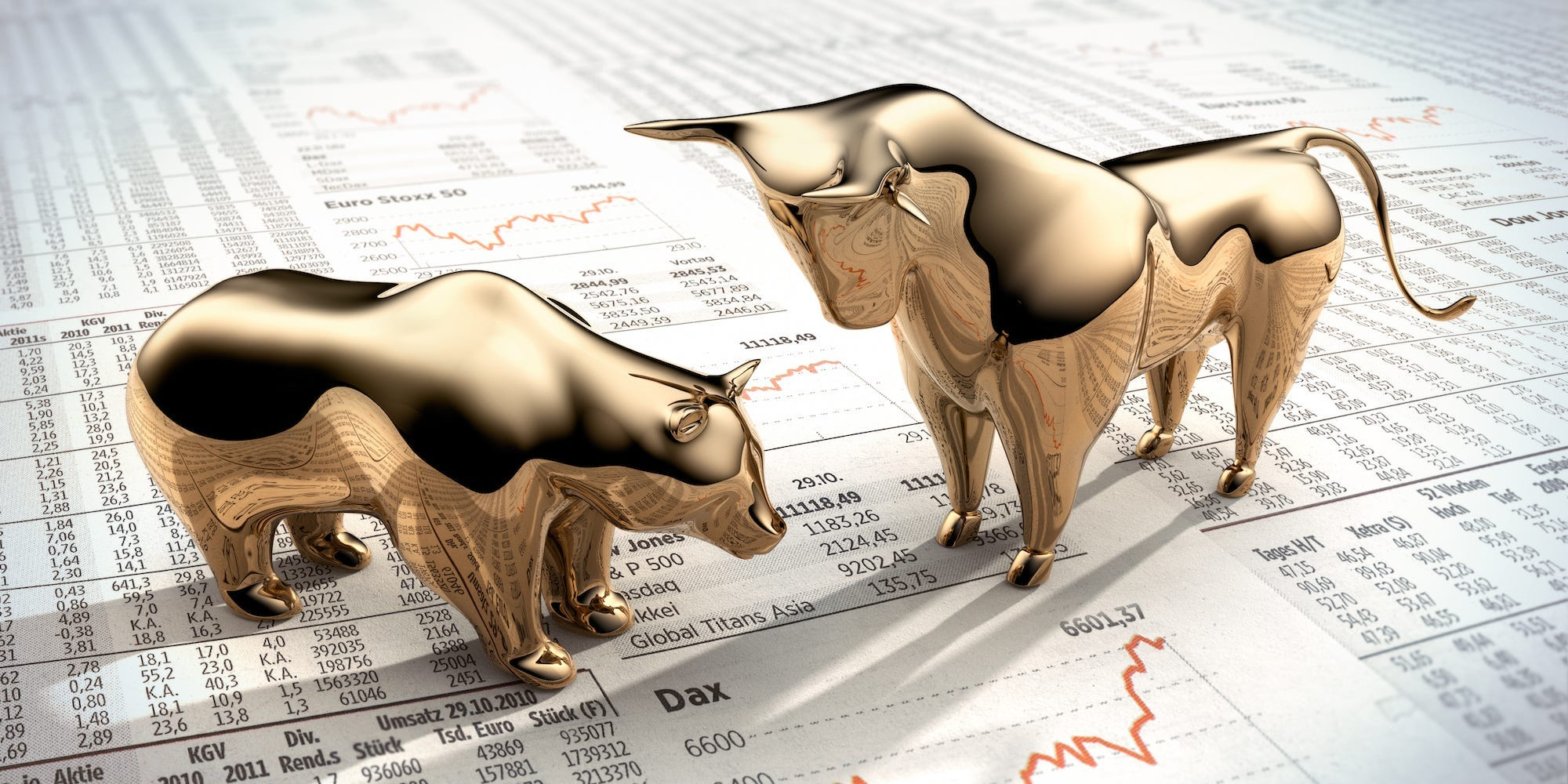More bricks are being added to the proverbial “wall of worry” on Wall Street, according to Bank of America. The bank highlighted five risks hanging over the stock market, and offered a bullish response to each one. “We debunk these risks and continue to find more attractive opportunities in stocks than bonds.” Loading Something is loading.
Thanks for signing up!
Access your favorite topics in a personalized feed while you’re on the go.
There’s been a lot of skepticism towards the stock market’s strong year-to-date rally of 16%, especially amid the ongoing decline that started in August.
But Bank of America equity strategist Savita Subramanian sees plenty of reasons for optimism, even as more bricks are added to Wall Street’s proverbial “wall of worry.”
“Equity bears have kept us busy debunking various risks: financial crisis redux, tech wreck redux, consumer free-fall from (pick one) excess savings burn / student loan payment resumption / oil+gas+rent costs / negative wealth effect / refinancing risk / job loss / a too complacent VIX,” she said in a Thursday note.
On top of those mounting risks, there’s a fresh batch of scary headlines that investors are growing worried about. But Subramanian sees plenty of opportunity, as the stock market tends to climb a wall of worry and fall on a slope of hope.
“We debunk these risks and continue to find more attractive opportunities in stocks than bonds,” she said.
Here are risks investors are worried about, followed by Subramanian’s response.
1. Real rates are at 20-year highs.As interest rates surge to multiyear highs, stocks typically become less attractive. And if interest rates stay higher for longer, or rise even further if inflation reaccelerates, it could put renewed pressure on stocks.
But Subramanian offers some perspective:
“This recency bias (extrapolating from most recent events to the future) is problematic today after 20 years of frictionless globalization and unprecedented stimulus, both on pause today. Don’t bet on 20yr mean reversion in costs of capital. Real yields today still below average, and the ERP is higher than most of 90s-00s.”
Bank of America 2. China’s economy is stalling.China’s economy has yet to fully recover since it reopened from the pandemic, and its influence on global trade is massive. But it’s not as big as it once used to be.
“Not as big a deal today, after US corps have begun to wean off of China, shifting Tech, IP and plant elsewhere. The US economy has benefits vs other regions: a less levered private sector, a Fed further along than most, and Tech primacy. S&P 500’s direct China sales exposure is less than 5ppt of total sales,” Subramanian said.
3. Nearshoring is overhyped and CAPEX boom isn’t sustainable.Well, actually…
“Trade and geopolitical tensions, supply chain disruption, fiscal stimulus and decarbonization goals drive the case for reshoring. Companies have been talking about reshoring, and hard data now backs it up – 1.6mn manufacturing jobs, $130bn earmarked for clean economy projects post-Inflation Reduction Act. China’s share of US imports has been halved since 2014; Mexico and Canada have gained meaningful share,” she said.
Bank of America 4. Strong margins can’t last forever.”2Q real sales growth was weak as unit volume demand dropped and pricing power slowed, but moderating input costs helped preserve margins. From here, efficiency gains (which have been non-existent for the last 10 years) via new tools (AI, automation) could create an even more labor light benchmark, a key positive for S&P 500 margins. Periods of prolonged wage inflation typically incentivize spend on productivity-enhancing measures, and a few years later, productivity materializes.”
5. The market will tank if growth stocks falter.”The less expensive equal-weighted S&P 500 should handily outperform its cap-weighted counterpart, and value sectors like Financials and Energy should outperform from here. Why? (1) profits growth troughed in 2Q, and investors tend to become price sensitive as growth accelerates. (2) value stocks are historically inexpensive; and (3) our regime model shifted to Recovery, which favors deep value,” Subramanian said.
Bank of America
